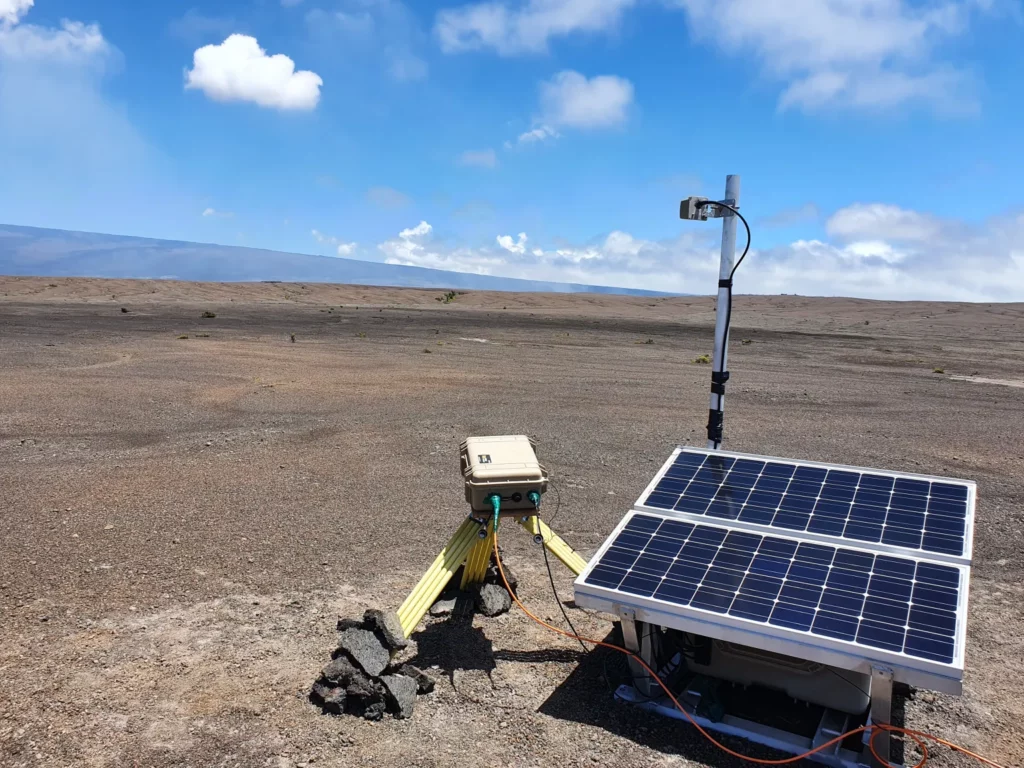An international team of researchers has designed a new ultraviolet camera that can monitor volcanic emissions of sulfur dioxide (SO2) continuously, potentially offering reliable forecasts of imminent eruptions. The camera is significantly cheaper and more effective than previous models that cost more than $20,000, the researchers said.

Gas emissions represent the activity happening beneath the surface of a volcano. Measuring them allows researchers to see what can’t be seen from the surface. This is very important for hazard monitoring and predicting future eruptions. Since the mid-2000s, ultraviolet SO₂ cameras have been a key tool in measuring volcanic emissions.
However, the measurements need to be accompanied by a user, making SO2 cameras unsuitable for obtaining long-term datasets. Building and operating these cameras can also be very expensive, resulting in only a few being installed permanently. To get better long-term data, the researchers have created a new and cheaper camera.
“Our instrument uses a sensor not dissimilar to smartphone camera sensors. It is modified to make it sensitive to ultraviolet light, therefore enabling SO2 detection,” Thomas Wilkes, a researcher at the University of Sheffield and lead author of the study recently published in the journal Frontiers in Earth Science, said in a media statement.
Improving measurements
The new camera costs around $5000, reducing the cost of the parts needed to build it to about a fourth of previous models. The researchers used 3D printers to build some of the parts and introduced free and easy-to-use software for controlling the camera and processing the data, making the camera much more accessible for volcanologists.
Additionally, the camera’s power consumption is very low, with an average of 3.75 watts. This is half of what was needed in other cameras. While there are other ways to measure volcanic emissions, “the camera can provide higher time- and spatial-resolution data which could facilitate new volcanological research,” said Wilkes.
In their study, the researchers also included two preliminary data sets from Lascar, a stratovolcano in Chile, and Kilauea, a shield volcano on Hawaii’s Big Island, where their camera is currently in operation. Volcanic activity can vary from minutes to decades to centuries, so it’s important to be able to measure their activity continuously, they said.
However, the new camera has some limitations, the researchers acknowledged. It relies on meteorological conditions and performs best under clear blue skies “when the gas plume moves in a 90-degree angle to the viewing direction of the camera,” Wilkes said. On many volcanoes, it can be difficult for these ideal conditions to be met.
Overall though, a widespread deployment of the low-cost camera would be a significant asset, the researchers believe. The camera “has the potential to provide valuable datasets for comparison with alternative ground-based remote sensing instruments, as well as ground-truthing satellite retrievals,” they wrote in their paper.
Was this helpful?



